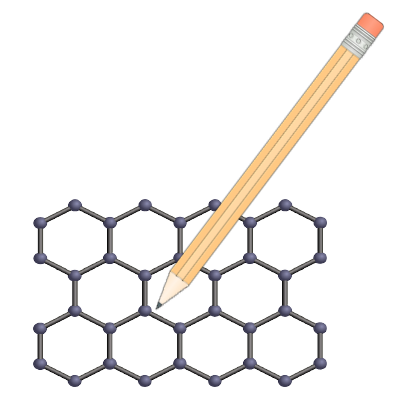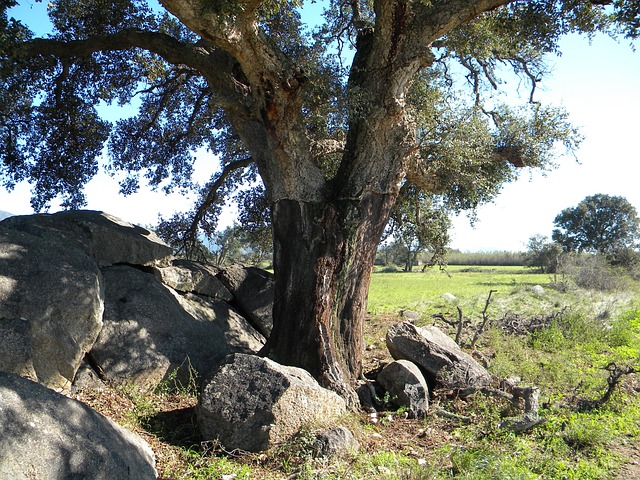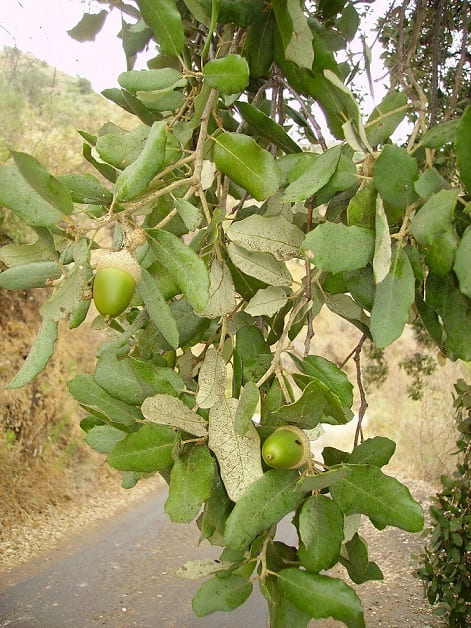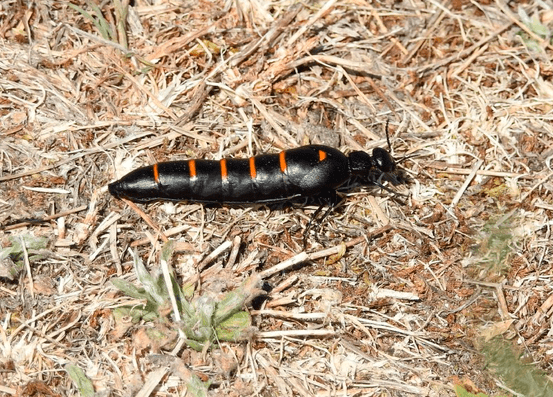Articles liés à "Un peu de tout"
Self help for aging cyclists
¿Self-help? If you've gotten this far, you probably don't need it... I have already given more than 50 laps to the Sun 😎, although Strava does not have it registered. It is true that, in those days, Strava was not there, nor was it expected. My bones and my hair do keep a record of them, of these, I left many of them along the way and of those who continue with me, most have turned silver. My bones also remind me every morning that they are starting to lack some lube. I never knew which one they brought from the factory, whether it was wax, Teflon, graphene... well, surely not graphene, because in those days something like "graphene" would have sounded more like a lost planet from StarTrek 🖖 than a material Revolutionary, although it seems that, it was so everyday, that we used it every day at school for our homework.

Since we are talking about cosmic matters, according to the experts, in each lap I traveled 930 million kilometers and my average speed was, nothing more and nothing less!, than about 107,280 kilometers per hour 🤪. Well, multiply that by "50ysomething" and you will understand that there is no track that supports it...
In any case, bicycles did already exist, almost all of them with two wheels, their pedals, their handlebars... in essence they were like the current ones, although noticeably heavier. We had something in aluminum, but it was not within the reach of all pockets... although in reality it did not matter that much, if the motor was capable of moving them.
Well, it's eight in the morning on a blessed Saturday and here I am putting on my culottes once again while I drink a very hot coffee to wake up my mitochondria, which the other day I found out are in charge of most of the the energy supply of our cells, what things... by the way they look like this and they're spread out inside our cells.

Well, I'm going to take them out for a walk so they don't get stagnant... Ah! I almost forgot the "self-help" part 🥱... well... if you've already passed half a century... the most You probably won't need it... well, for now my recipe is for you to pedal for a while and enjoy this fantastic sport... I'm leaving now, I'll keep telling you when I come back...
Stories to not "lose the north"
Series of stories to "not lose the north": Greetings 👋 Probably because I am one of those cyclists that we now call "old school", or maybe times just change 🎵 The Times They Are A-Changing (Bob Dylan, 1963)🎵 and things stop being what they were (sometimes for the better). The fact is that there were certain unwritten customs or codes in amateur cycling that seem to have been lost in time "like tears in the rain" 🎬. I am referring today to the greeting between cyclists. As cyclists we are a vulnerable group and mechanics, almost always our ally, can sometimes play tricks on us. No one is exempt from suffering a mishap, a simple fall, a simple puncture...
Obviously, not saying hello does not imply that you are not willing to help if necessary, "facts are love, not good reasons"... but it does make recognition among us as colleagues and belonging to this group that in some way visible. I was always inclusive and supportive.
In short, and regardless of the environment in which we find ourselves, the greeting is still a sign of respect and consideration towards others, and sends the message that we have noticed their presence and that we recognize them as a person. It is also a sign of courtesy and good education. 👋
Series of stories to "not lose the north": Chupa ruedas If something seems to be clear to us, it is that the air does not belong to anyone and it is a good that we all share: animals, plants... although it is also true that humans we have a certain tendency to believe that we own everything under the sun. The air I leave behind when I ride a bike 🌬 doesn't belong to me, so I don't mind if another "cyclist" 🧟 follows me. Yes, I know that neither that vortex nor that turbulence 🌀they were there before I passed, but I don't know to what extent I can exercise any right over them. In any case, it is an energy that I left behind and that will be diluted in a short time, what difference does it make if someone uses it! Yes, you can go to my wheel, I have no problem, I just ask you not to sprint just before the end of the lane or just before the crest. Go ahead if you can, my legs hurt too... it will be more fun.....
Series of stories to "not lose the north": Numerology Well, I confess that my mountain bike is "a 26"... 👍 why don't I ride a "29"? Well, really, simply because when I bought it that was the standard for mountain bike wheels and so far, I haven't needed to replace it. I ride with colleagues on both 29-inch and 26-inch bikes and I really notice more differences from the skill and fitness of the rider 🚵 than from the diameter of the wheels on his frame. Go ahead, I am only an amateur, I do not compete, nor do I have the intention of doing so, since riding a bike is only my hobby. I understand that competition is another world, but it is neither mine nor that of most of the cyclists I know. Yes, among them, there are some owners of 26-inch " cucumbers" 🚀 who are beginning to look at their loyal mounts with hangman's eyes and I fear that they are going to recycle them without further consideration for the simple fact that they are beginning to be a minority and that seems to dishonor them.
Today I want to express my solidarity with those poor "scorned" who were once queens and are now victims of the hazards of the "market" 😢 .
They say that "29ers" have great advantages: their larger diameter makes them better absorb stones, potholes, roots and other obstacles in the terrain (because of their lower angle of attack), and also that they improve traction by having a larger contact surface ( more open arc of circumference) and, as they have a larger diameter, they also have a greater moment of inertia, making it easier to maintain speed once reached. On the other hand, they are slower when accelerating, more difficult to stop and less manageable, and that is why the length of the handlebars has increased accordingly. You know, big ship, big rudder. On the other hand, they have also increased their overall size and therefore their weight (with the same construction materials).
Just for information, a 29-inch wheel does not refer to the rim size that would actually be 622mm (24.5") but to the "theoretical" outer diameter of the tire. It matches the most common size for road bike tires 700c (622 mm). Regarding the theoretical circumference, for a 29x2.3-inch wheel it is about 2,326 millimeters while for a 26x2.35-inch wheel it is 2,083 millimeters, which means that in each turn a 29-inch wheel travels about 243 millimeters more.
In my case, all these advantages and disadvantages do not justify the cost of replacement. I practice both road and mountain biking, I enjoy both equally, I like the feeling of being light on the road 🪶, fast, notice how the force I exert on the pedals is transformed almost entirely into km/h 💪 , draw the curves almost without moving the handlebars... I prefer well-maintained asphalt and I don't like potholes, above all I want to go fast and score kilometres. When it comes to mountain biking, I like to feel that the impossible path does not exist, to feel the stones, the roots and the holes, to avoid them, to find the best route, to jump over them if I can. I really do not seek to be a bulldozer crossing the road mercilessly, I like to be respectful of the natural environment. And above all, I don't care so much about being fast as about going the route. I want to face the challenge, improve my technique, be more skilled.
Always from my humble point of view, I find that both the 26-inch and 29-inch wheels perfectly meet my needs as a hobbyist. If you have a bike with 26-inch wheels and it works properly, please don't feel obligated to replace it just because "29" is "mainstream", do it when you can or if your current bike is truly over its lifespan. .
As far as I'm concerned, my "donkey" 🐎I have ridden her for many years and she has always responded, and still does, with loyalty and obedience. She still maintains her original painting, although with some scars that her path left her, which, far from making her ugly, give her an imprint that beautifies her 😍. I hope that she will stay with me for many years and that we will cover many tracks together at 26-inch turns (2,083 mm per lap).
As a curiosity, the number 26 is the only natural number found between a perfect square: 25 = 5 x 5 and a perfect cube: 27 = 3 x 3 x 3. It is the atomic number of iron (Fe) and it is not a prime number (has more divisors besides unity and itself).
29 is a prime number (it is only divisible by one and itself). It can be obtained by adding 2, 3 and 4 squared 2^2+3^2+4^2 = 29. 29 is the atomic number of copper (Cu).
Biodiversity Iberian Peninsula
One of the main incentives for hiking, running, cycling or climbing is contact with nature. Probably all the practitioners of these sports have something in common their love of the natural environment. Here we want to provide information about the trees, plants and animals that we will usually find on our routes so that we know how to identify them and find out some curiosities and interesting facts. Publish and share your photos and help the community learn more about the biodiversity of your environment
Cork Oak (Quercus Suber):It is a regular on the Iberian Peninsula and the Mediterranean environment. The trunk is covered with a very thick cork bark (up to 15 cm), light and with deep longitudinal tears. It is usually exploited by removing the cork in the lower area, then showing a smooth orange rind. Its cork bark is the best identifier to distinguish it from its closest relatives, the gall oak (Quercus Faginea) and the holm oak (Quercus Ilex).


Common oiler (Berberomeloe majalis) Also known as carraleja, curita, curilla, puffin, curica... it is a beetle (commonly beetles). Its abdomen is very elongated and segmented, with orange or red transverse bands. Be careful not to touch it as it secretes a very toxic substance (cantharidin) that causes irritation and rashes on contact with the skin and if ingested it will cause vomiting, diarrhea and urinary problems. Cantharidin was used as an aphrodisiac in ancient times.

Remember that we must take care of the rural environment, more information in Responsible access to the rural and natural environment by cyclists and hikers
About Sicami
At Sicami we intend to make easy-to-use tools available to everyone for viewing, managing and modifying routes (tracks).
We know that there are many other applications that already do this, but our intention is to make it as easy as possible for you.
Also little by little, thanks to the routes that our users upload and decide to make them public, we hope to be able to offer an extensive database of routes to do outdoors.
We would like our service to be free, but unfortunately the means to run our website are not free. We try to cover these costs with advertising that will be displayed on our website, we will try to make it not annoying and that it is appropriate for you, even that you get to thank it for finding interesting articles and services.
We want to be with you a great community of lovers of sports and outdoor activities.
My experiences with the cold and chilblains
Chilblains are an ailment that has attacked me since I was a child, and that will surely do so more harshly in old age. Known more popularly among my childhood friends as “blood sausage fingers”, an undeniable similarity of course, except for the black of the blood sausage and the red of the chilblain.
This affliction is characterized by inflammation, itching and, as I said, redness, and it usually comes hand in hand with the cold season. They also say, or so I've heard, that it's more common in women, damn my luck, that I belong to the other sex and still suffer from them, but genetics are capricious. In my particular case, I am always greeted with swelling of the middle finger of my right hand, spreading, if I don't take care of myself in time, through the rest of the fingers and even to the other hand (thus suggesting that I have better circulation in one than in the other hand). in the other). In theory, they can also appear on the feet (and even ears), but my bad luck does not reach that far, because it has never happened to me, a consequence, perhaps, of the fact that one always wears socks, but one does not always wear gloves . In this regard, I have to make the recommendation that I consider most effective against chilblains: gloves. As soon as I realized they were associated with cold and wet weather, I started wearing gloves more often and saw an almost instant improvement. Other "remedies" that I tried were counterproductive, such as bringing my hands closer to a fire or stove. This sudden change in temperature seemed, on some occasions, to make my chilblains worse. So my only advice to the poor man or woman who suffers from them like me is to get some good gloves that keep them warm. Other "remedies" that I tried were counterproductive, such as bringing my hands closer to a fire or stove. This sudden change in temperature seemed, on some occasions, to make my chilblains worse. So my only advice to the poor man or woman who suffers from them like me is to get some good gloves that keep them warm. Other "remedies" that I tried were counterproductive, such as bringing my hands closer to a fire or stove. This sudden change in temperature seemed, on some occasions, to make my chilblains worse. So my only advice to the poor man or woman who suffers from them like me is to get some good gloves that keep them warm.
Writing this about the gloves, I just realized an anecdote that may not be relevant, but I think it's worth attaching here for its humor.
I was buying gloves a few months ago in a store whose name I will not say when I stood next to a man who was also doing the same job as me, but with the particularity that he was looking for gloves that allowed the use, through tissue, touch screens; while I was more concerned with thermal protection (and price). Well, this good man, in order to make sure that the "touch" glove actually worked, he kindly grabbed the mannequin's hand, on which the glove was placed, and tried to interact with the mannequin's hand with the screen of his mobile, obtaining few results.
By breaking a spear in favor of man and not being smart, I have to admit something that I did not know prior to your Google search: today most of the mobile screens are capacitive, this is to say that the mobile is from contact by electrical conduction (yes, we have electrons in our fingers). Although it is true that, without a human hand in between, the screen probably does not know about the pulsation; depending on how the glove was made, the screen of your mobile could be unlocked, even with the hand of a mannequin.
I'm hot, and people laugh
-Luis de Gongora.